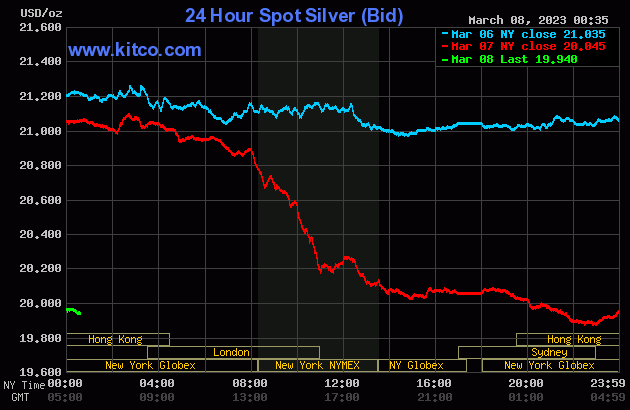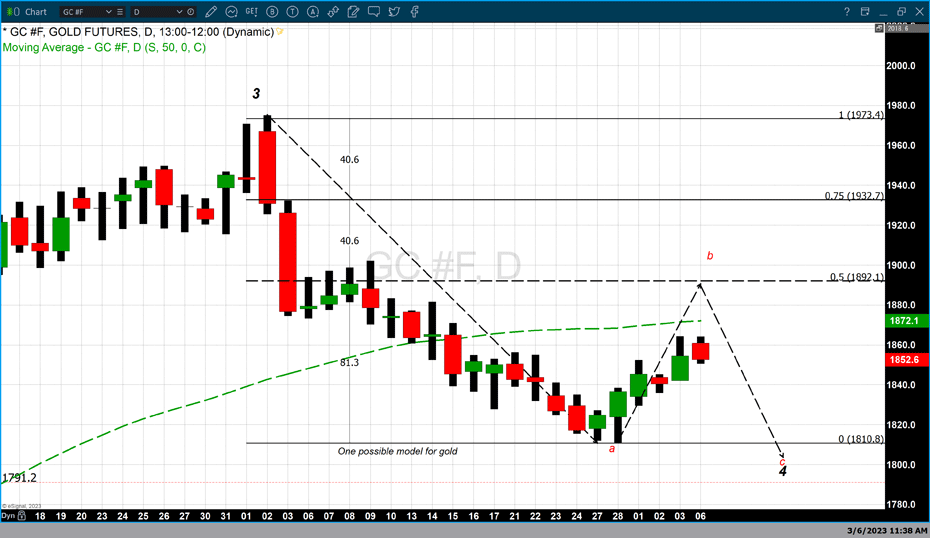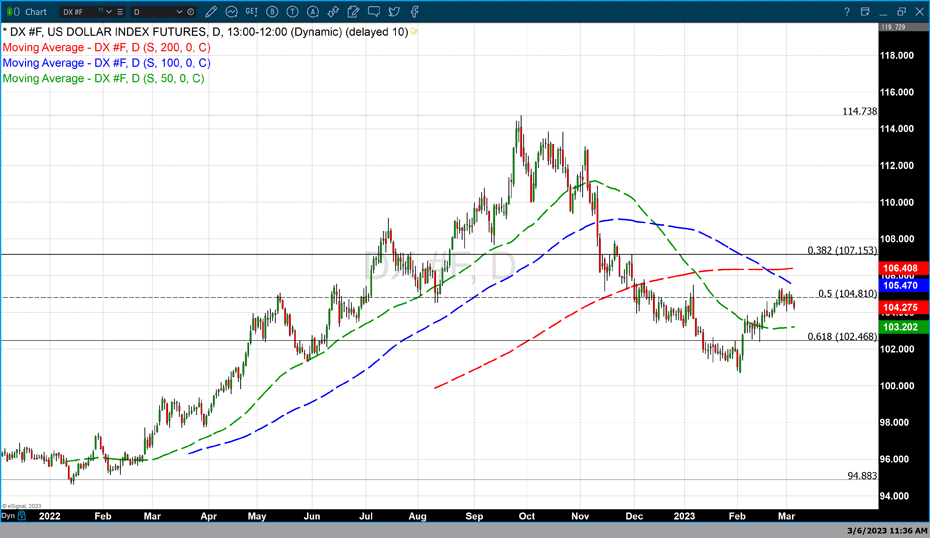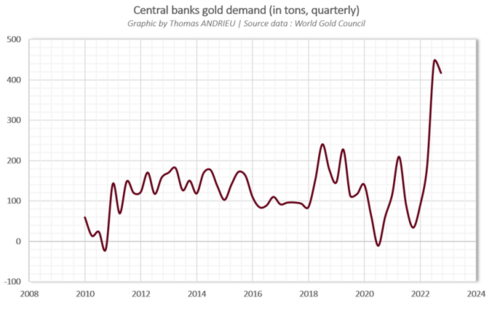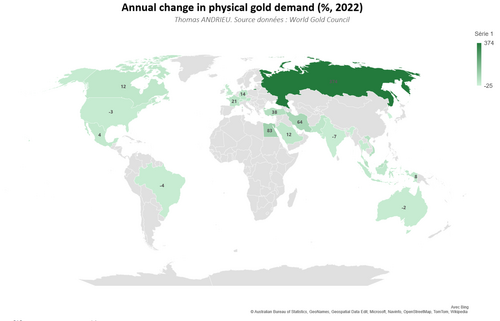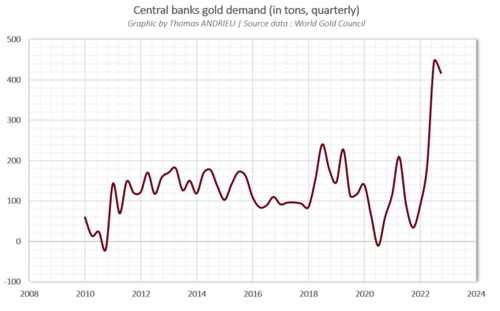
Gold surges to $1982.8 as investors rethink the banking crisis and accommodative Fed
Gold futures surged to the highest value of 2023 taking out the former high of $1976 achieved in February. As of 4:09 PM EST, the most active April contract of gold futures is up $58.10 or 3.02% and fixed at $1981.10. Although dollar weakness contributed to today’s dramatic ascent it was only a small factor in a much larger picture. Considering that gold futures had a net gain of over 3% and the dollar softened by 0.52%, roughly 5/6 of today’s gains in gold are directly attributable to market participants bidding the precious yellow metal higher.
.png)
Next Tuesday, the Federal Reserve will hold its second Open Market Committee meeting of the year. This will be followed by an FOMC statement and press conference by Chairman Jerome Powell on the following day March 22.
However, this FOMC meeting will be quite different in that there is an additional major component that must be factored into their decision that they will announce next Wednesday, March 22. Not only will the Federal Reserve continue to be laser-focused on reducing inflation which remains sticky or persistent in many sectors, but now they need to factor in a banking crisis that was first reported last week.
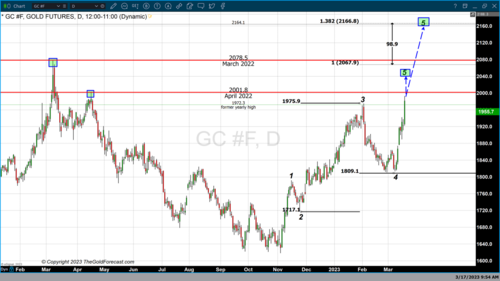
On March 10, 2023, reports began to surface about the Silicon Valley Bank failing after a bank run by depositors challenging the solvency and leading to an inevitable bankruptcy announcement today. The SVB was unique in that its primary business was funding venture capitalists and start-up tech companies. To raise the capital they liquidated a major portion of their assets on their balance sheet at a loss of $1.8 billion.
Immediately the FDIC and banking regulators stepped in to guarantee that depositors' money would become available. Then yesterday 11 major US banks created a $30 billion fund held at the first Republic Bank to create a backstop to keep banks like SVB and signature Bank of New York solvent. Federal banking regulators applauded the support of this large bank group because it validates the resilience of the banking system in the United States.
This brings us to next week’s FOMC meeting. It is anticipated that the Federal Reserve will approve a ¼% rate hike with the banking crisis ultimately backstopping the opinion that the Federal Reserve would step up its rate hikes with a ½% rate hike next week. Although it has been rumored that the Fed might pause many analysts believe that the Fed needs to continue to raise rates even with the banking crisis to maintain its credibility.
Gary S. Wagner
Tim Moseley

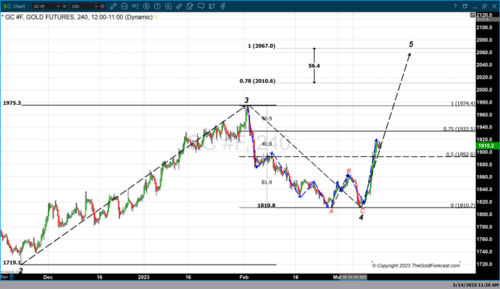
.png)
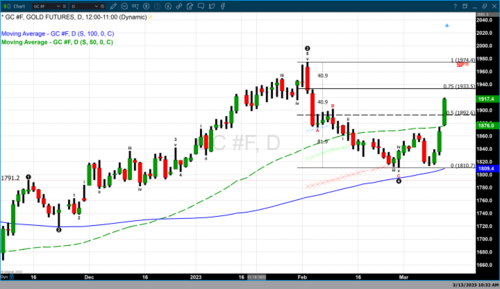
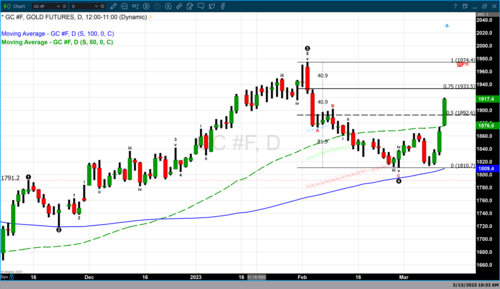

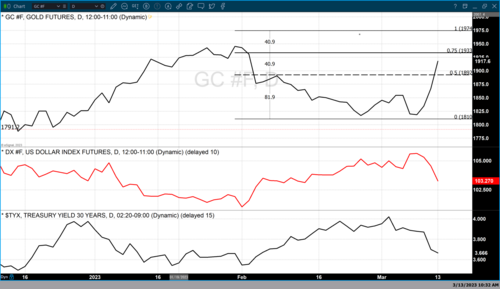

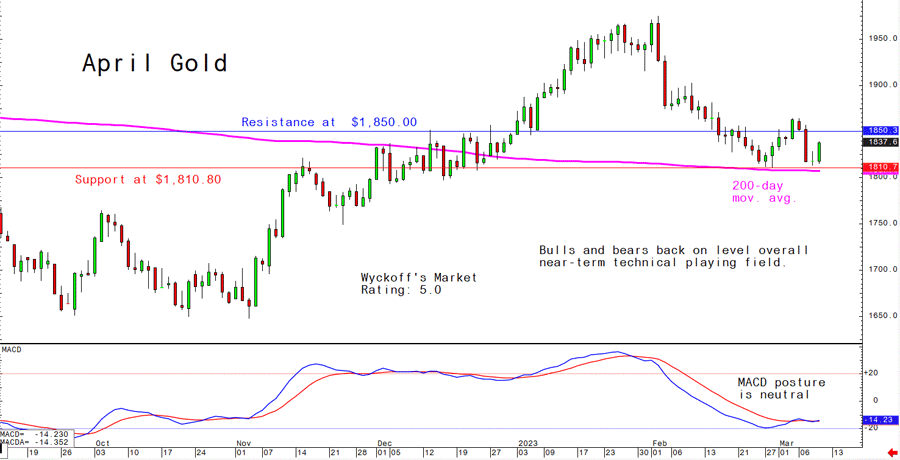

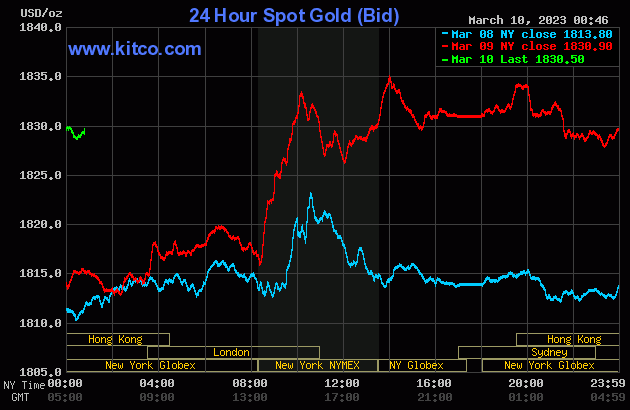
.gif) Global stock markets were mixed to weaker overnight. U.S. stock indexes are narrowly mixed at midday.Silver mines will likely be bought by automakers like Tesla, silver to $125 per ounce – Keith Neumeyer
Global stock markets were mixed to weaker overnight. U.S. stock indexes are narrowly mixed at midday.Silver mines will likely be bought by automakers like Tesla, silver to $125 per ounce – Keith Neumeyer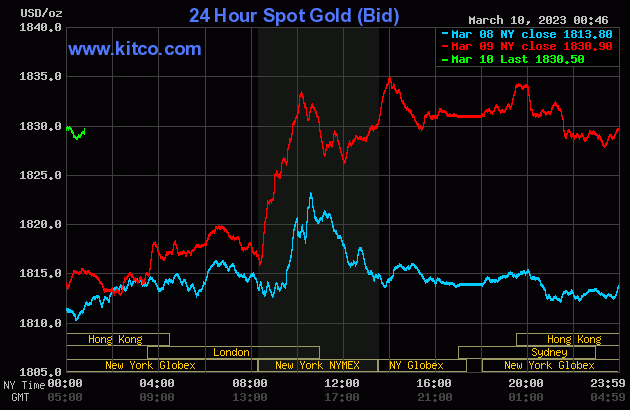
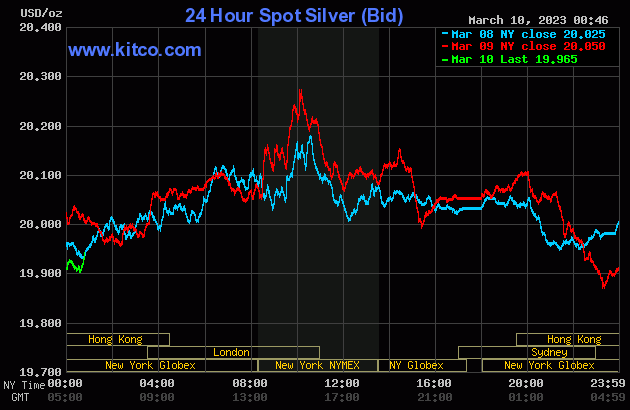
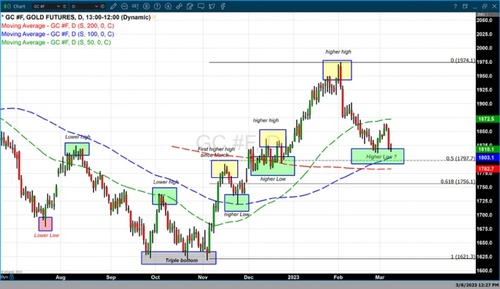
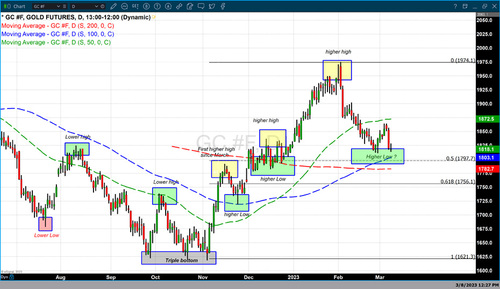

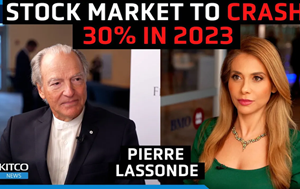 Pierre Lassonde: Gold to reach $2,400 by 2028 as geopolitical tensions mount, central banks purchase more bullion
Pierre Lassonde: Gold to reach $2,400 by 2028 as geopolitical tensions mount, central banks purchase more bullion
